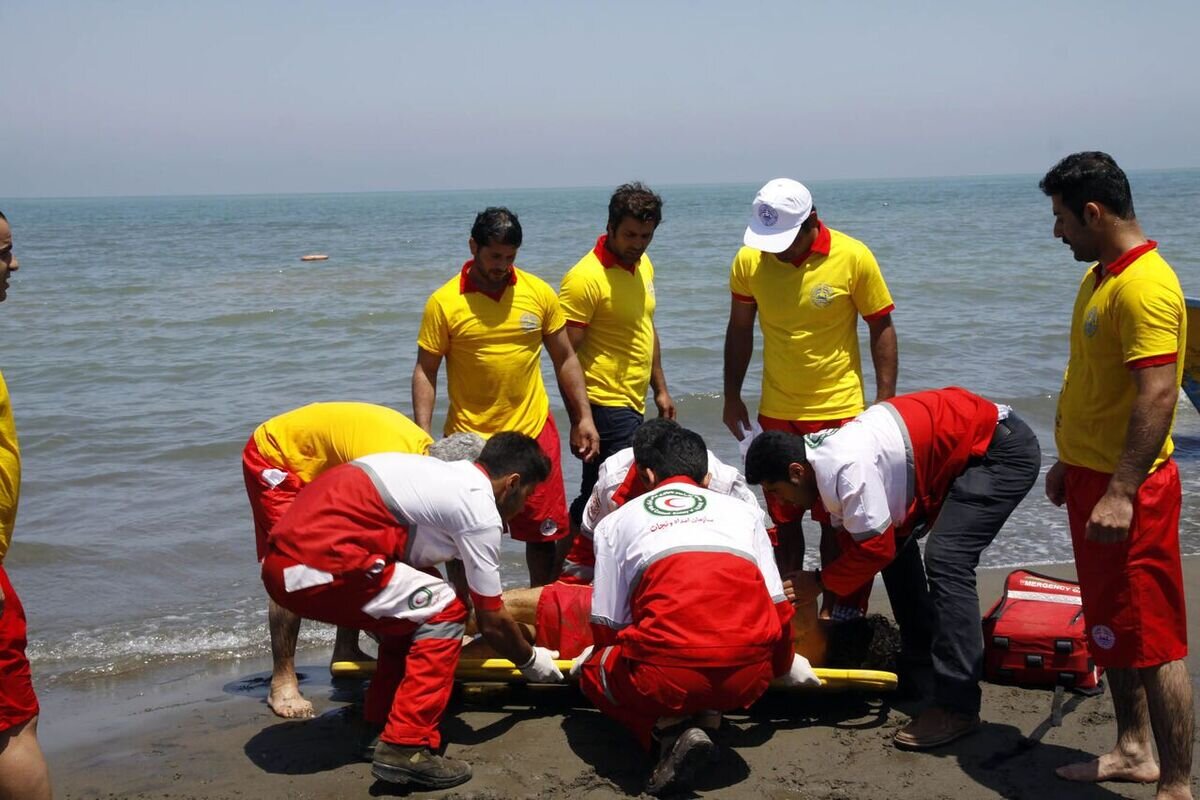Drowning – a neglected public health issue

TEHRAN - World Drowning Prevention Day, declared in April 2021, is held annually on 25 July. Every year, an estimated 236,000 people drown, making drowning a major public health problem worldwide.
Drowning is one of the leading causes of death globally for children and young people aged 1-24 years. Drowning is the 3rd leading cause of unintentional injury death, accounting for 7% of all injury-related deaths.
The global burden of death from drowning is felt in all economies and regions, however low- and middle-income countries account for over 90% of unintentional drowning deaths, and over half of the world's drowning occurs in the WHO Western Pacific Region and WHO South-East Asia Region, and drowning death rates are highest in the WHO Western Pacific Region, and are 27-32 times higher than those seen in the United Kingdom or Germany, respectively.
This global advocacy event serves as an opportunity to highlight the tragic and profound impact of drowning on families and communities and to offer life-saving solutions to prevent it.
All stakeholders – governments, UN agencies, civil society organizations, the private sector, academia, and individuals – are invited to mark World Drowning Prevention Day by highlighting the need for urgent, coordinated and multi-sectoral action on proven measures such as installing barriers controlling access to water, providing safe places away from water such as crèches for pre-school children with capable childcare, teaching swimming, water safety and safe rescue skills, training bystanders in safe rescue and resuscitation, setting and enforcing safe boating, shipping and ferry regulations, and improving flood risk management.
The new UN General Assembly resolution invited WHO to coordinate actions on drowning prevention within the UN system. In this capacity, WHO leads preparations for World Drowning Prevention Day by producing related advocacy materials, hosting a global launch event, and supporting national and local activities in countries and communities around the world.
Global burden
Alarmingly, drowning is among the 10 leading causes of death of children and young people in every region of the world, with children aged under 5 years disproportionately at risk and males twice as likely to drown as females. Over half of the casualties are aged under 25 years.
Income levels also have an impact – the overwhelming majority of drownings happen in low- and middle-income countries where people have close daily contact with water for work, transport, and agriculture.
Key risk factors
Lack of barriers controlling exposure to water bodies and lack of adequate, close supervision for infants and young children are a drowning risk, as are poor swim skills and low awareness of water dangers.
In addition, high-risk behaviour, including consuming alcohol while engaging with water, is a risk among young people and adults. Other risk factors are transport on water and water crossings, lack of safe water supply, and flood disasters.
